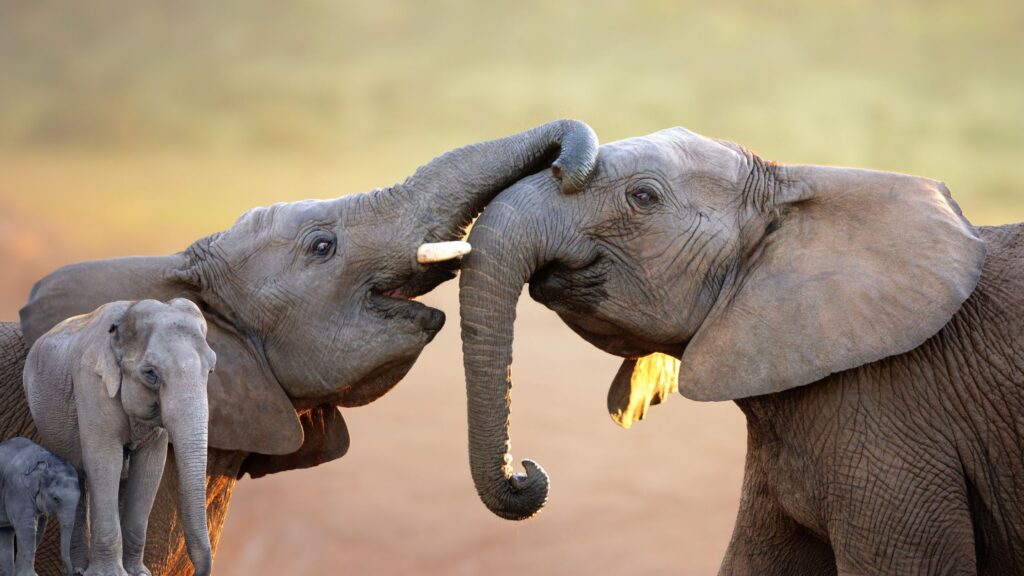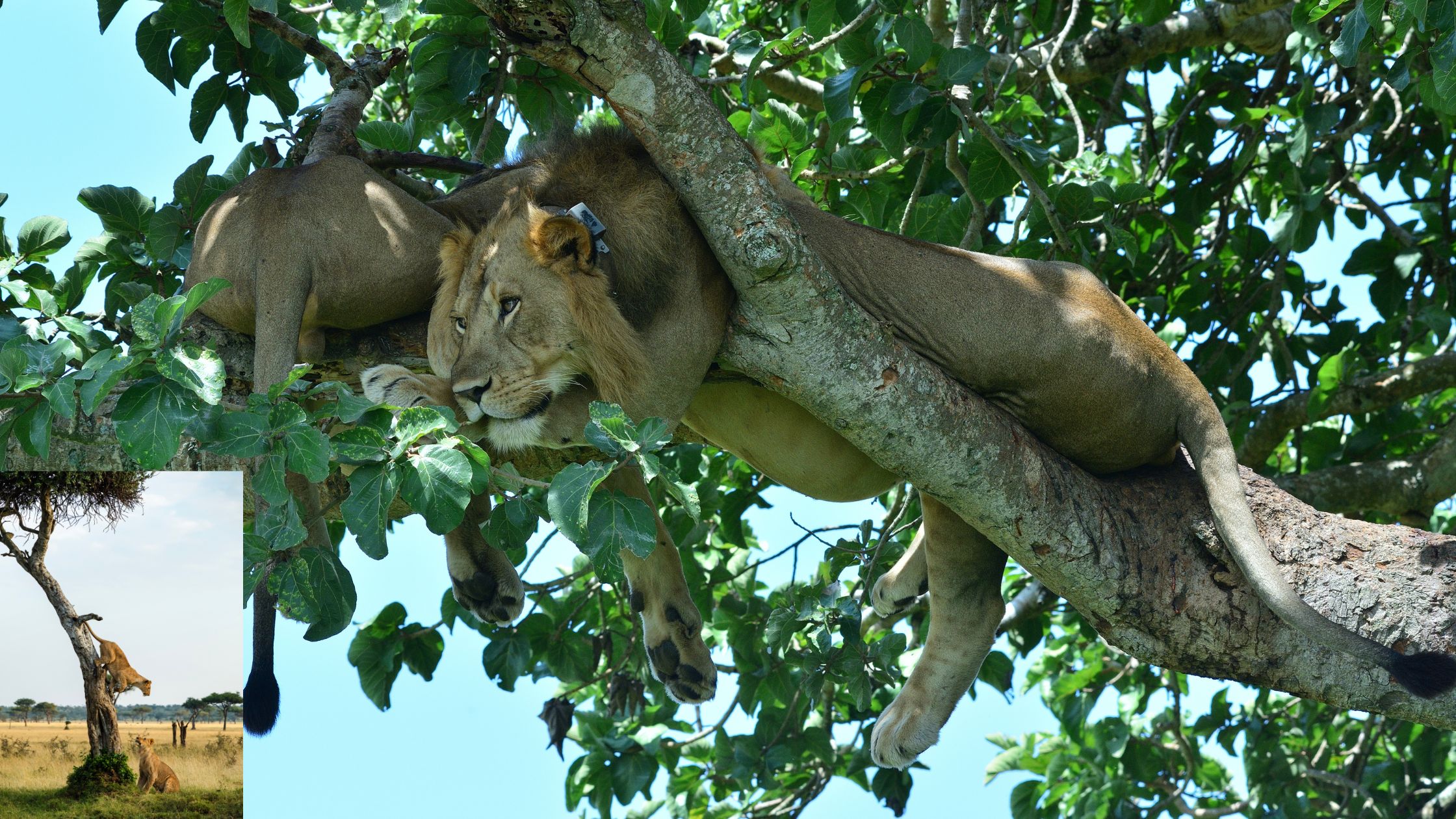Elephants are renowned for their impressive size, intelligence, and complex social structures. Among their many remarkable traits, their ability to express and experience a wide range of emotions stands out. This article explores the emotional lives of elephants, shedding light on how they express feelings, their social bonds, and the scientific evidence behind their emotional depth.
The Emotional Complexity of Elephants
Elephants are capable of experiencing a broad spectrum of emotions, including joy, grief, compassion, and empathy. These emotional capabilities are integral to their survival and social interactions.
How Elephants Express Emotions
1. Joy and Playfulness
Elephants are known to exhibit behaviors that indicate joy and playfulness. Young elephants, in particular, engage in playful activities such as chasing each other, rolling in the mud, and splashing in water. These playful interactions are essential for social bonding and learning.
2. Grief and Mourning
One of the most profound emotional expressions observed in elephants is their response to death. Elephants mourn the loss of their herd members, often displaying behaviors such as standing vigil over the deceased, touching the body with their trunks, and showing signs of distress. This mourning process can last for days or even weeks, highlighting the deep bonds elephants form with one another.
3. Compassion and Empathy
Elephants exhibit compassion and empathy, particularly towards young, injured, or distressed members of their herd. They are known to help each other in times of need, providing support with their trunks and staying close to comfort those in distress. This empathetic behavior extends to humans and other animals, demonstrating their capacity for kindness and understanding.
4. Fear and Anxiety
Like many animals, elephants can experience fear and anxiety, particularly in response to threats from predators or humans. Their reactions include trumpeting, charging, and forming protective circles around vulnerable herd members. These behaviors are crucial for the safety and survival of the group.
The Science Behind Elephant Emotions
Scientific research supports the idea that elephants possess complex emotional lives. Studies on elephant brain structure and behavior provide insights into their emotional capabilities.
1. Brain Structure
Elephants have large and highly developed brains, particularly in areas associated with emotion and cognition. The elephant brain’s limbic system, which regulates emotions, is remarkably similar to that of humans, suggesting a capacity for deep emotional experiences.
2. Social Structure
Elephants live in matriarchal societies, with strong social bonds and hierarchies. The stability and cohesion of these groups rely on emotional connections and communication. Elephants use a variety of vocalizations, body language, and tactile interactions to express their emotions and maintain social harmony.
3. Memory and Learning
Elephants have exceptional memories, which play a significant role in their emotional lives. They can remember individuals, places, and experiences for many years, allowing them to navigate complex social networks and respond to emotional stimuli based on past experiences.
Observing Elephant Emotions in the Wild
To truly appreciate the emotional depth of elephants, observing them in their natural habitats is invaluable. Several locations offer opportunities to witness these magnificent creatures displaying their emotional behaviors:
1. Amboseli National Park, Kenya
Amboseli National Park is renowned for its large elephant populations. Visitors can observe elephants in their natural environment, witnessing their interactions, playfulness, and social bonds.
2. Chobe National Park, Botswana
Chobe National Park is another prime location for elephant watching. The park’s diverse habitats support large herds of elephants, providing ample opportunities to see them in action.
3. Addo Elephant National Park, South Africa
Addo Elephant National Park offers a unique experience with its dense elephant population. The park’s waterholes are excellent spots to observe elephants socializing, drinking, and playing.
4. Periyar National Park, India
Periyar National Park in India is home to a significant population of Asian elephants. The park’s lush landscapes and tranquil waters provide a perfect backdrop for observing elephants in their natural habitat.
Conservation of Elephants and Their Habitats
Protecting elephants and their habitats is crucial for preserving their emotional and social lives. Conservation efforts focus on mitigating threats such as habitat loss, poaching, and human-wildlife conflict.
1. Habitat Protection
Preserving and restoring elephant habitats is vital for their survival. Conservation organizations work to protect key areas, ensuring elephants have access to the resources they need.
2. Anti-Poaching Measures
Poaching poses a significant threat to elephant populations. Anti-poaching initiatives, including increased patrols, technology use, and community engagement, are essential for reducing illegal hunting.
3. Human-Wildlife Conflict Mitigation
As human populations expand, conflicts between elephants and humans increase. Strategies to mitigate these conflicts include creating wildlife corridors, implementing early warning systems, and promoting coexistence through community education.
4. Supporting Local Communities
Engaging local communities in conservation efforts is crucial for long-term success. Providing education, resources, and economic incentives encourages communities to protect elephants and their habitats.
The emotional lives of elephants are a testament to their intelligence, social complexity, and deep connections. By understanding and appreciating their emotions, we can better advocate for their conservation and ensure that these magnificent creatures continue to thrive.
Observing elephants in the wild offers a unique insight into their world, revealing the profound bonds and behaviors that define their societies. Supporting conservation efforts and promoting awareness of their emotional lives are essential steps towards protecting these incredible animals for future generations.

